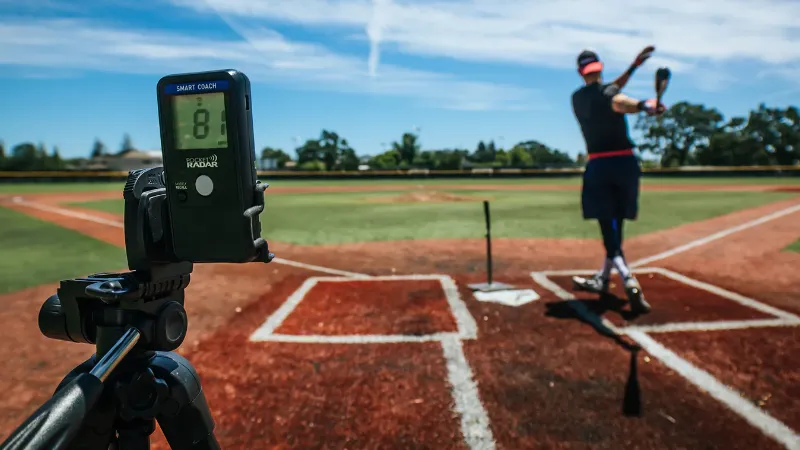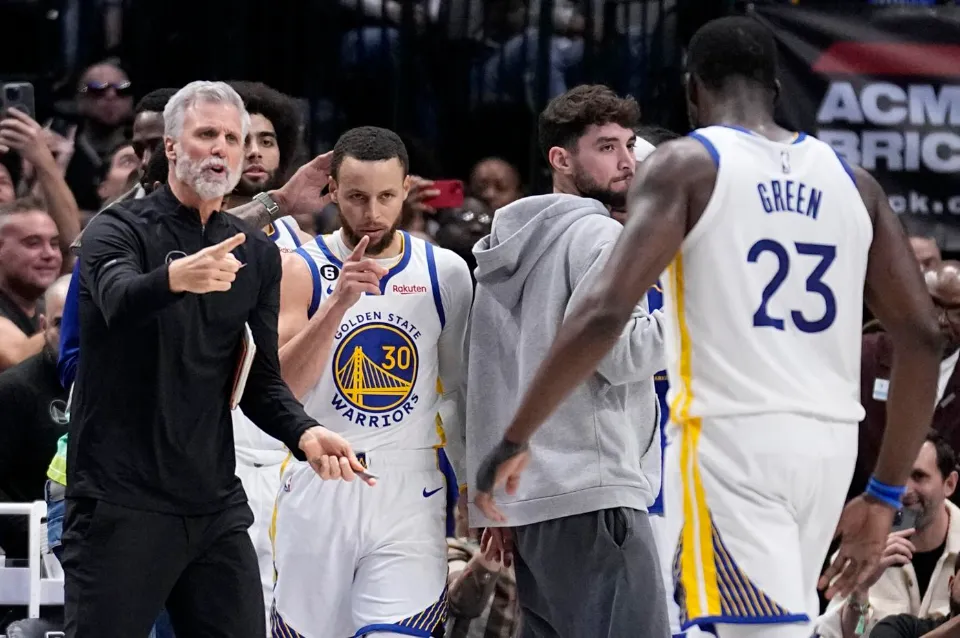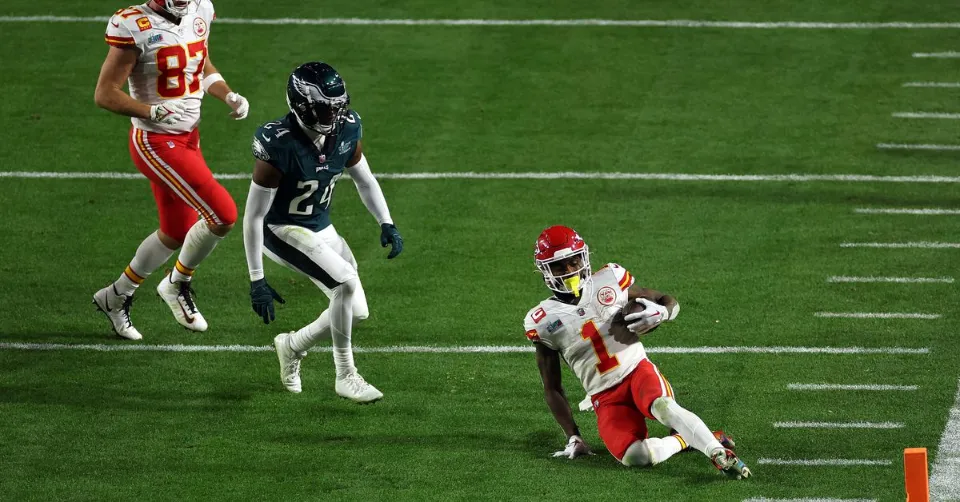How To Throw A Gyroball In Baseball Step By Step?
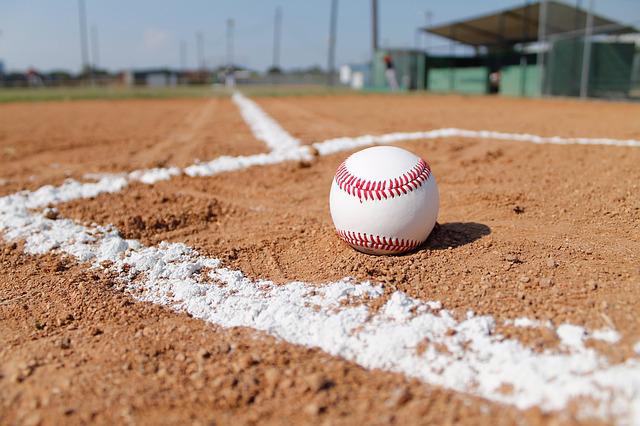
Like you would for a curveball, hold the ball between your thumb and first two fingers. As you start to move your arm forward to throw the pitch, rotate your body toward home plate.
The gyroball is a pitch that, in theory, would be thrown in such a way that, just as it is about to touch the plate, it suddenly descends sharply down and away from it, making it nearly impossible to hit. To toss a perfect gyroball, many contend that it is practically impossible. The steps for how to throw a gyroball will be provided in the article.
Table of Contents
What Is A Gyroball?
a fastball with a cut or slider-like breaking motion. (To view a slow-motion video, click here.) The pitch’s origin story is what gives it its allure: The gyroball was created by Japanese scientist Ryutaro Himeno, whose 2001 book Makyuu no Shoutai, which is roughly translated as The Secrets of the Miracle Pitch, detailed the findings. Himeno made the decision to use his tools to create something new after modeling the movement of various pitches on a supercomputer.
His original pitch’s spin, which resembles a spiral in a football, gave it its name. (Himeno refers to it as “gyro spin”). The majority of baseball pitches either have topspin or backspin, but the gyroball spins in the opposite direction, much like a football is thrown or a rifle bullet.
See more about How Much Do Major League Baseballs (MLB) Cost?
To Possess The Ball: Throw A Gyroball
- Get a good hold on the ball.
- Grip the ball in the same way that you would a four-seam fastball.
- Cross the seams with your index and middle fingers spaced an inch apart.
- Put your thumb between your two fingers on the other side of the ball.
- Gently grasp the ball. Make sure to grip the ball firmly but not too tightly, similar to how you would handle an egg.
- Hold your wrist open. Your wrist needs to be flexible because it needs to be able to snap fast.
Read about: What Are The Best Shoes For Volleyball
To Position The Body: Throw A Gyroball
Recognize the overall movement. Any baseball pitch needs the pitcher to change his or her weight in order to gain momentum. As the hands move up and then come down in preparation for the throw, the dominant leg will step back before sweeping across the torso.
- Set your feet apart as you stand. Start by assuming a shoulder-width distance between your feet.
- Step aside. Use the same foot as your pitching hand to take a slight stride backward. Typically, your stride hand is referred to as your pitching hand.
- Bring your pitching hand and glove to your head as you do that.
- Raise your leg. Bring your stride leg up and over so that it is parallel to the ground, bending the knee as it does so.
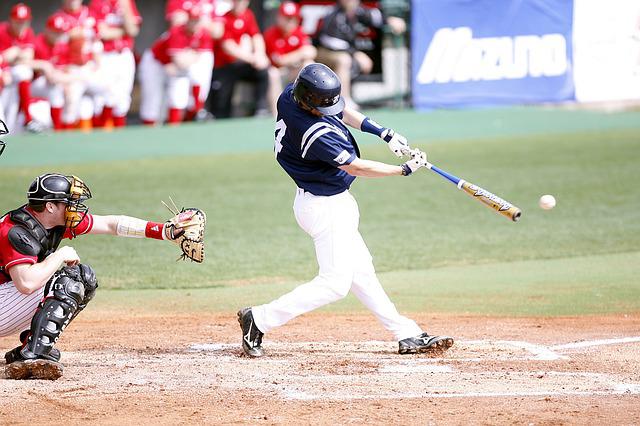
Tip: keep the back knee slightly bent to improve balance.
Your hip position. Make sure your hips are facing sideways.
If you pitch with your right hand, your hips will rotate to the left.
If you throw with your left hand, your hips will rotate to the right.
- Push forward. When you put down your step leg, use the stepping leg to rush forward to the target.
- Pull your arm back. As you lunge forward, pull your pitching arm behind you and over your shoulders. Your gloved hand should pull your shoulder towards the target.
- Rotate your arm counterclockwise behind you. Your arm should move in a circle.
- Practice rotation. Demon miracle’s secret court emphasizes the importance of hip and shoulder alignment. Practice relaxation several times before pitching.
To Throw The Ball: Throw A Gyroball
- Turn your arm around. Move your arm away from the body in a rotation. If you are a right-handed pitcher, move your arm forward and away from the body with your palm towards the third base; if you are a left-handed pitcher, rotate your arm toward the first base.
- Your hand’s back will be facing you as the throwing arm moves forward and lowers. Your arm in a twirl.
- Make sure your palm is facing away from you and your thumb is pointing down. In order to produce the side-to-side spin, this starts before the release.
- Let go of the ball. Release the ball, snap your wrist, and turn your hand away from your body as if it were a football.
- Let the ball slide off your index finger. The gyroball spins spirally rather than backward or forward like a fastball or curveball would (like a well-thrown football).
- Carry through Avoid using the standard action used in American baseball, which is for the arm to glide back toward the body. Your arms should span your entire body.
Why Is It So Hard To Throw A Good Changeup?
I discussed this with a close friend of mine who is a scout and ex-Big League player. His thought?
When learning a breaking ball, we receive feedback by observing it break in front of our eyes, and our throwing partner also provides feedback from his perspective (that one was sharp!).
However, when I’m playing catch with a pitcher and he throws a changeup, I respond differently. Most of the time, neither I nor they will have access to a radar gun. We judge them based on their arm action, speed, and spin when something is released from their hands.
The Only Feedback A Pitcher Gets When Working On His Changeup Is
- Feel: How it feels off their hand when they throw a good, bad, or mediocre changeup
- Movement: slight run and sink is all they’ll see, and it’s much less significant than any breaking pitch
- Speed-reduction: you learn to sense this over time, but when we get the spin right, we know the speed will also be right.
The Difficulty In Determining When A Throw Is Correct, Learning Is Difficult
Just the lack of feedback on how well two 13-year-olds are doing presents a challenge when they are playing catch with their changeups. Feedback is necessary if they want to improve their changeup throwing.
Without feedback, the pitch won’t improve because the ratio of good to bad changeups won’t skew in the desired direction. Feedback is essential for determining which versions are good and which are bad.
Getting Feedback Is Crucial When Learning A New Baseball Pitch
As a catch partner, your objective is to provide feedback repeatedly so that the person learning a changeup can connect the feel and appearance of the changeup to the throw.
A pitcher can feel for good and bad changeups this way, even when pitching to their mother or father, and consistently reinforce his positive habits. The first step, however, is to educate people about what a changeup is and how it works.
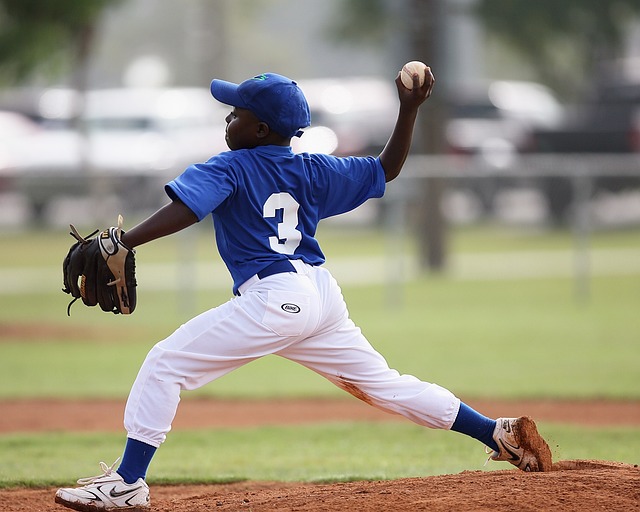
How Much Slower Should A Changeup Be, And Why Is It Slower In The First Place?
It’s crucial to comprehend WHY a changeup takes longer. My pitchers’ speed is reduced by two things, which together account for 10% of the speed loss, I tell them.
A Changeup Be 10-12% Slower Than A Fastball
It’s crucial to avoid thinking of the changeup as having a fixed MPH reduction because it is improbable that a 13-year-old pitcher and a 19-year-old pitcher’s MPH reductions would be the same. They throw very different speeds, so it’s best to think of a changeup as having a scaling, percentage-based speed reduction:
10% or so. The changeup should be 10-12% slower than a fastball. Why 10%, roughly speaking?
It’s extremely uncommon to see pitchers throw a pitcher much slower than 10-12% with their normal delivery and full arm speed because any slower than this and the arm has to start slowing down.
Because Of The Grip, The Ball Exits 5% Slower
The middle and ring fingers, which together have less force than the index and middle, are used to hold the ball deeper. The grip makes up about half of the equation when learning to throw a changeup.
The Spin You Apply To It Makes It Move 5% Slower
The grip allows us to apply spin while simultaneously taking speed away from a changeup. This is important because, while any grip for a changeup could be effective, not every grip will enable a pitcher to spin the ball easily and produce excellent movement.
In preparation for release, the hand slightly pronates inward. This causes some of the arm speed to be converted into spin, which slows the ball down similarly to a curveball or slider (with the exception that the spin is applied to the opposite side of the ball).
The second 5% is crucial because it not only slows down the pitch but also causes the changeup to sink and run to the armside.
FAQs
How to Throw a Curveball?
- Take hold of the ball with your thumb and middle finger. Put your thumb along the back seam and your thumb’s middle finger along the baseball’s bottom seam. …
- Keep your grip undercover. …
- Wind up and throw the pitch. …
- Snap the release. …
- Practice.
Is It Hard to Throw a Screwball?
Because of the awkward arm motion, a screwball is exponentially tougher to throw than a curveball. But theoretically, it ought to have a similar impact to a curve, only breaking in the other direction.
How to Throw a Slider?
A slider is gripped like a two-seam fastball, but, held slightly off-center. When thrown, try to manipulate the pitch to come off the thumb side of your index finger. Avoid using the two-finger release, which is used to throw the two-seam fastball, as it will even out the pitch and lessen the spin.
Is Knuckleball Hard to Throw?
A knuckleball is famously difficult to throw, hit and catch because of its erratic behavior. It appears to fly through the air without making any sort of spin before breaking abruptly in any direction. The seams of the ball are crucial to this behavior.
How to Throw a Cutter?
Take your normal fastball grip and shift it slightly off center to apply more pressure to the outside edge of the baseball. Some pitchers like to move their thumb up to the inside of the baseball, similar to a slider. A cutter will move more sharply than a slider when it is thrown properly.
Gyro Ball Pitch Movement
A tennis ball-sized plastic or metal shell that surrounds a freely spinning mass that is started by a short rip string makes up the contraption. Once the gyroscope inside is going fast enough, a person holding the device can accelerate the spinning mass to high rotation rates by moving the wrist in a circular motion.
Summary
Baseball players frequently believe that participating in the sport keeps them in pitching shape. Wish that were accurate. It isn’t. It’s important to be prepared if you want to advance. Pitchers in the major leagues spend significantly more time practicing than they do actually throwing.
